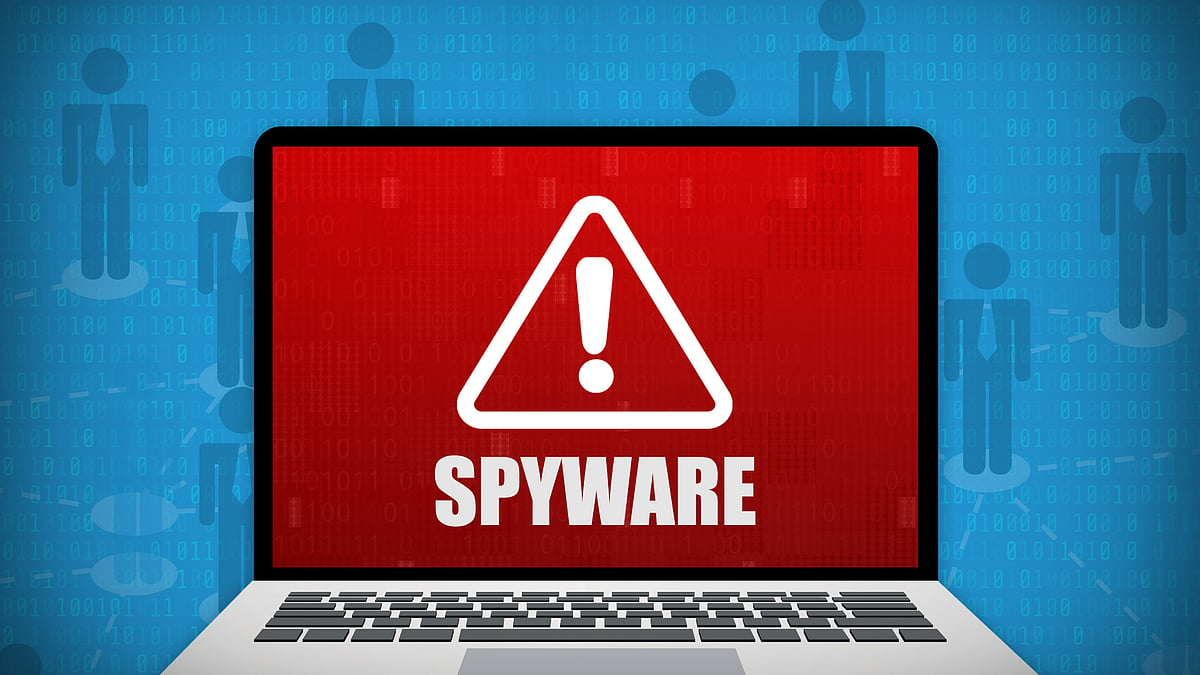IT Rules amendment: Bombay HC refuses to stay govt’s ‘fact check unit’
The amended law has been criticised as ‘excessive’.
The Bombay High Court has rejected the interim petition challenging the amendment to the IT Rules, which allows the government to identify “fake news” about itself on social media, Livelaw reported.
In a 2:1 judgement, the Bombay HC refused to put a stay on the government’s fact check unit. The decision came after the third judge, Justice AS Chandurkar, opined to reject the petitions, following the suit of Justice Neela Gokhale. On January 31, the bench of Justices Gokhale and Gautam Patel delivered a split verdict in the matter.
The order issued on Wednesday said, “The third judge has rendered his opinion. Consequently, the majority view is that the interim applications for stay and continuation of the previous statement (by the Union not to notify the FCU) are rejected.”
The amendment, originally notified on April 6, said social media companies and other intermediaries must take down content deemed fake by a government fact-check unit.
The petitions against the amendment were filed by stand-up comedian Kunal Kamra, the Editors Guild of India and the Association of Indian Magazines.
Kamra’s plea had said the amended rules will “have a chilling effect” on the public. The Guild’s petition had also challenged its constitutional validity, saying it violated “the right to freedom of speech and expression”.
The amendments have been widely criticised by press groups, opposition leaders and journalists.
During the hearing on the matter, the Bombay HC had observed that the new IT Rules gives the government “unfettered power” in absence of any “guidelines and guardrails”.
The court had also questioned the need for a separate fact-check unit despite the Press Information Bureau’s own fact-check unit. But in response, solicitor general Tushar Mehta, representing the government, had said that the PIB’s fact check unit was “teethless”.
Last month Mehta said that we currently live in a “very dangerous era” and the FCU would function in public interest.
Newslaundry has reported on length on the controversies surrounding the amendment and why it’s a blow for press freedom. Read about it here.
To know how the amended IT Rules translate to “greater opacity” in surveillance and impact RTI, read here.
 ‘Greater opacity’ in surveillance, ‘impact on RTI’: Why IT rules tweak has raised transparency concerns
‘Greater opacity’ in surveillance, ‘impact on RTI’: Why IT rules tweak has raised transparency concerns Challenge to IT rules: HC reserves verdict as Centre points to ‘very dangerous era’
Challenge to IT rules: HC reserves verdict as Centre points to ‘very dangerous era’NL Digest
A weekly guide to the best of our stories from our editors and reporters. Note: Skip if you're a subscriber. All subscribers get a weekly, subscriber-only newsletter by default.
